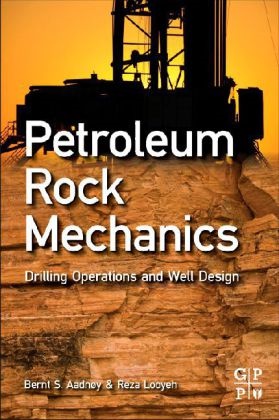Ulteriori informazioni
Rock mechanics is a vital decision-making tool for insuring economic benefits in all phases of petroleum reservoir development. Petroleum Rock Mechanics introduces the fundamentals of solid mechanics and applies them to oil and gas related drilling and well operation and completion problems. The book's two part treatment starts with a clear and rigorous exposition of theory, followed by self-contained chapters concerning applications for understanding the stress, strain, and failure mechanics of rocks and their response to earth stresses. The role of rock mechanics in drilling operations and design are highlighted throughout. Details of practical in-situ stress changes and how they impact on wellbore and borehole behaviour are also included, making this the one of most unique books on the subject. Clearly applies rock mechanics to on and off shore oil and gas drilling Step by Step approach to the analyze wellbore instabilities Provides worked out examples with solutions to everyday problems
Sommario
Part One: Fundamentals of Solid Mechanics Chapter 1: Stress/Strain Definitions and Components Chapter 2: Stress and Strain Transformation Chapter 3: Principal and Deviatoric Stresses and Strains Chapter 4: Theory of Elasticity Chapter 5: Failure Criteria
Part Two - Petroleum Rock Mechanics Chapter 6: Introduction to Petroleum Rock Mechanics Chapter 7: Porous Rocks and Effective Stresses Chapter 8: In-Situ Stress Chapter 9: Rock Strength and Rock Failure Chapter 10: Stresses Around a Wellbore Chapter 11: Wellbore Instability Analysis Chapter 12: Wellbore Instability Analysis Using Inversion Technique Chapter 13: Wellbore Instability Analysis Using Quantitative Risk Assessment Chapter 14: The Effect of Mud Losses on Wellbore Stability
Appendix A - Mechanical Properties of Rocks Appendix B - The Poisson's Effect Appendix C - A Model for Stress Bridge Appendix D - Glossary of Terms

